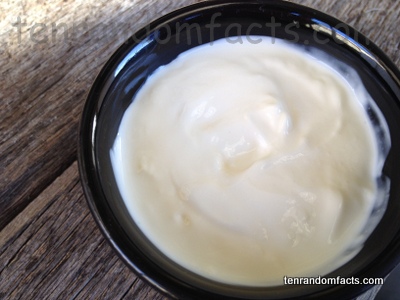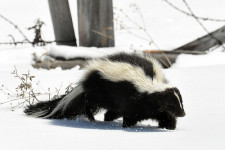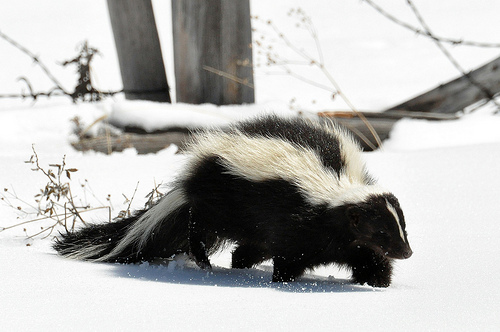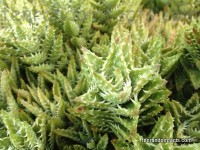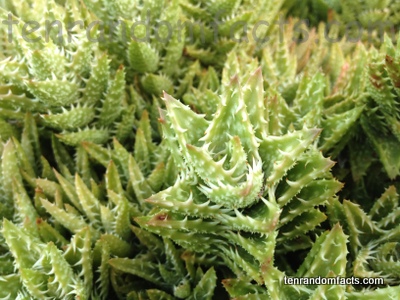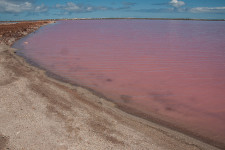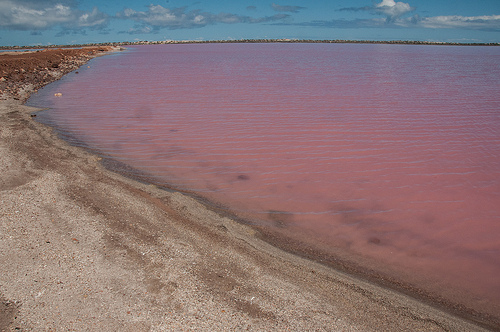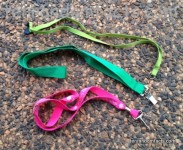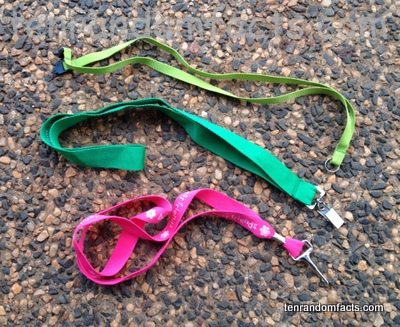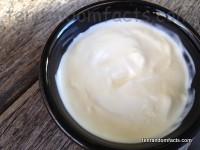
These facts are sour cream.
- Sour cream is a thick and creamy dairy product that is generally derived from the cream of cow’s milk.
- Sour cream is commonly used as a condiment with Mexican dishes or on baked potatoes; and is sometimes used as an ingredient in dressings, bakery items, and desserts.
- Despite ‘sour’ being in its name, which is a reference to the traditional process of souring, sour cream is not very sour.
- Sour cream is made with typical cream that has been through a fermentation process, usually with lactic acid bacteria types.
- Besides lactic acid bacteria, sour cream can be made with other acids, and sometimes thickeners are added.
- Sour cream can come in a low fat version, that is made from a combination of milk and cream, or just milk with added thickeners.
- Sour cream is refrigerated when stored, so that it does not spoil.
- Fermented cream cannot be marketed as ‘sour cream’ if it contains less than 18% fat from milk in weight.
- Sour cream was probably invented by the Russians, before the 1600s, and is said to be a derivative of the Mongolian alcoholic drink ‘kumis’, that was originally made from mare’s (horse) milk, and eventually became popular in western societies in the mid 1900s.
- Sour cream has a very high content of saturated fat, and is a good source of vitamin A, calcium, riboflavin and phosphorus.
Bibliography:
Nealon T, De Condimentis (12): Sour Cream, 2011, HiLoBrow, http://hilobrow.com/2011/06/10/de-condimentis-12-sour-cream/
Sour Cream, 2012, Nutrition Health Connection, http://www.nutritionhealthconnection.com/Milk-Products/Sour-Cream.html
Sour Cream, 2014, Wikipedia, http://en.wikipedia.org/wiki/Sour_cream





